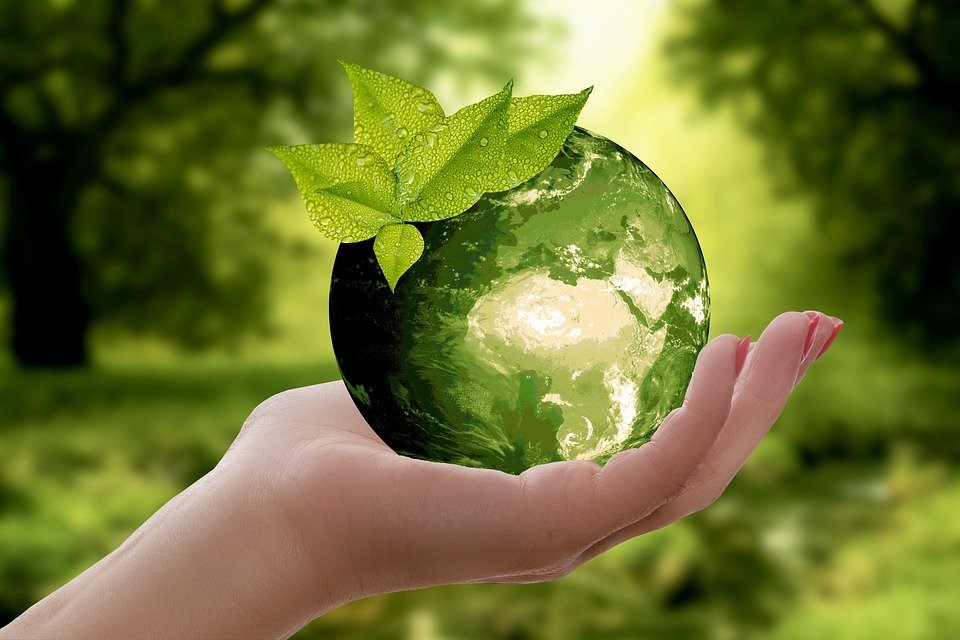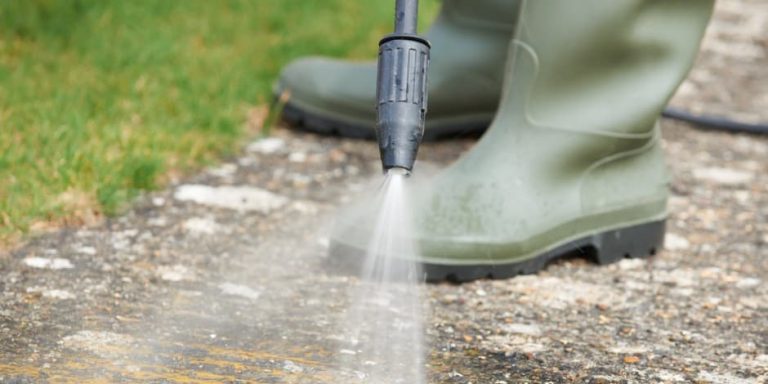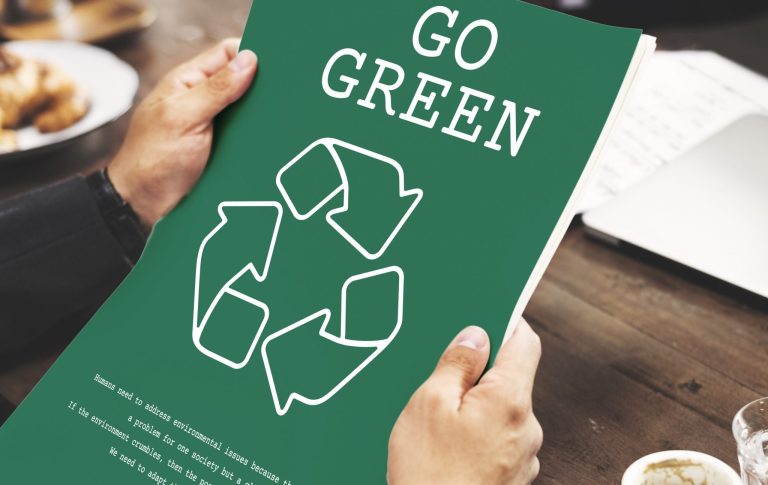
Power washing is a staple in many neighborhoods and business districts—used to clean everything from sidewalks and driveways to rooftops, patios, and parking lots. But when done carelessly, it can quietly wreak havoc on the environment, harming waterways, plants, and even public health.
To reduce these risks, community education is key. Whether you’re a municipal official, HOA leader, contractor, or an environmentally conscious resident, spreading awareness about eco-friendly power washing helps build cleaner, greener, and more responsible neighborhoods. 🌱🏡
🧠 Why Public Awareness Matters
Most people don’t realize the environmental impact of pressure washing. Common misconceptions include:
- “It’s just water—how harmful can it be?”
- “I use biodegradable soap, so it’s automatically safe.”
- “Runoff goes into the drain—it doesn’t matter.”
- “Chemicals evaporate—they don’t affect anything.”
But in reality:
- Runoff from driveways and patios often contains grease, soap, oil, and paint particles
- Most storm drains lead directly to lakes, rivers, or oceans
- Even biodegradable soaps can kill aquatic life if they reach natural water bodies before breaking down
Educating the public creates a ripple effect of smarter decisions and more sustainable cleaning habits. 📣💡
📋 What Should Communities Be Taught?
Here are the core eco-friendly practices that every homeowner, tenant, contractor, or business should understand:
✅ 1. Contain Your Runoff
Encourage residents and professionals to:
- Block nearby storm drains
- Use portable berms or gutter guards
- Sweep debris before washing to reduce contamination
- Direct water into grassy or vegetated areas when safe
💧 Runoff should never reach the storm drain unless filtered or captured first.
✅ 2. Choose Eco-Friendly Cleaners
Soaps and chemicals should be:
- Biodegradable
- Phosphate-free
- pH neutral
- Safe for aquatic life
Avoid chlorine bleach, acid cleaners, or petroleum-based degreasers unless required for a specific job—and never use them near landscaping or water features.
Browse Amazon Here For Eco-Friendly Pressure Washing Detergents
✅ 3. Wash During Dry Conditions
Power washing during rainy weather leads to:
- Overflowing runoff
- Reduced soil absorption
- Overwhelmed stormwater systems
- Potential chemical pollution
🗓️ Plan community-wide cleanups for dry, mild days, and avoid the rainy season.
✅ 4. Use Low-Pressure and Spot-Cleaning Methods
Instead of blasting entire surfaces:
- Focus on dirty areas only
- Use brushes or soft wash techniques
- Apply cleaners in sections
- Let dwell time do the work before rinsing
This conserves water and protects vulnerable surfaces (and microbes!).
✅ 5. Dispose of Wastewater Properly
If using a detergent or removing grease, wastewater must be:
- Collected with a reclaim system or wet vac
- Discharged into a sanitary sewer with city approval
- Disposed of at a wastewater facility
🚫 Never dump soapy water into a gutter, lawn, or open land.
🏙️ Ways to Educate at the Community Level
📣 1. Host Public Workshops or Demonstrations
Cities, HOAs, or eco-organizations can hold free events:
- Live soft-wash demos
- Environmental presentations
- “Green cleaner” handouts
Pair with events like Earth Day, spring cleaning campaigns, or sustainability fairs. 🌎🧽
📄 2. Distribute Flyers or Door Hangers
Create easy-to-read materials with:
- Dos and don’ts of power washing
- Recommended products and practices
- Local water ordinances
- Contact info for eco-certified contractors
Place them in public bulletin boards, libraries, community centers, or mailboxes.
🌐 3. Leverage Social Media
Use platforms like:
- Facebook groups
- Neighborhood apps (Nextdoor, Ring)
- Local government pages
Share quick eco-tips, short videos, or graphics to spread the message in digestible bits. 📱✅
🏘️ 4. Add Sustainability to HOA and City Codes
HOAs and city governments can:
- Require permits for chemical-based power washing
- Ban washing during storm events
- Mandate reclaim systems for large commercial jobs
- Offer rebates for eco-certified equipment
Formalizing these rules ensures long-term compliance and culture change.
🧰 Tools for Spreading Awareness
| Tool/Method | Description |
|---|---|
| Infographics | Visually explain runoff risks and eco alternatives |
| Yard signs | Promote “Green Cleaning In Progress” at homes/businesses |
| School curriculum tie-ins | Teach water pollution topics via local science classes |
| Business partnerships | Offer eco-certification badges to local service providers |
| QR codes | Link flyers to instructional videos or local guides |
👷 Partner With Local Professionals
Green-minded contractors can be powerful allies. Encourage or require:
- Certification in eco-friendly washing practices
- Membership in environmental cleaning groups
- Listing in local “approved vendors” directories
- Participation in community workshops
🎯 A professional with eco-credentials becomes both a service provider and a public educator.
🌊 Real-World Impact of Community Education
A 2021 initiative in Santa Cruz, CA, introduced a community-wide campaign to reduce water pollution from pressure washing. It included:
- Free drain covers for residents
- Training sessions for contractors
- Revised municipal codes
- Bilingual educational flyers
The result? A 42% reduction in runoff-related citations over one year. ✅📉
When education meets accessibility, everyone benefits—residents, businesses, ecosystems, and city services.
🧠 Final Thoughts
Power washing isn’t going away—but the way we do it must evolve. By teaching communities how to clean smarter and more sustainably, we can protect local waterways, reduce pollution, and foster a sense of shared environmental responsibility.
If you’re in a position to lead, educate, or even just set an example—start the conversation. Small changes at the individual level can spark large shifts across entire neighborhoods. 🌍💧
Let’s make “clean” mean more than just appearance—let it stand for conscious, eco-safe choices that protect the places we call home.
Browse Amazon Here For Top Rated Power Washers And Accessories






